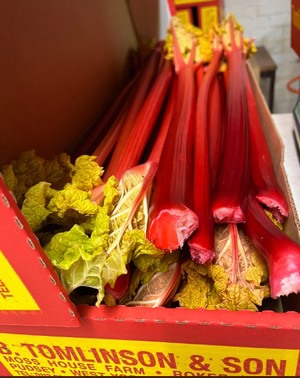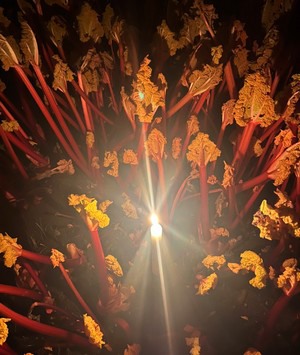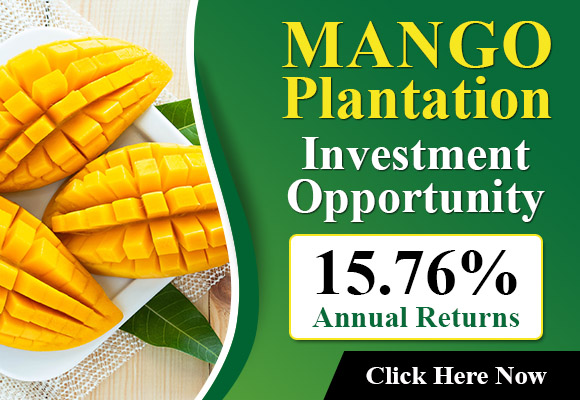The time for harvesting rhubarb is now for rhubarb harvesting in West Yorkshire. This area of 23 km2 is called the Rhubarb Triangle, and is known for its early-forced rhubarb crop.
One of the growers in the famed Rhubarb Triangle Robert Tomlinson who has four sheds and produces 30-40 tonnes annually. The plants are grown outdoors in the open space for two years, before they are relocated inside following the fact that they’ve experienced a bit of winter cold during December.
“After around 4-5 weeks Rhubarb is now ready to be harvested and we continue to harvest for 6-8 weeks , working 12-15 hours every each day.” Robert explains Robert. “Everything harvests manually, and it is impossible for machines to determine the stalks that are ready or not. We have used to do it for years. The only aspect of the process that is mechanical is the time when the roots are removed from the soil.”
 The optimal temperatures for growing rhubarb are 10-12 C so the sheds will need to be heated throughout the winter months when temperatures fall.
The optimal temperatures for growing rhubarb are 10-12 C so the sheds will need to be heated throughout the winter months when temperatures fall.
“With the price of electricity at the moment heating our sheds cost a lot in the month of December and early January, when temperatures were low however, after that it was extremely warm, and that caused the gardeners a problem of its own It was too hot and the rhubarb was growing excessively fast! We can’t fix this problem, simply take it easier.”
The harvest of rhubarb takes place with the help of candles, which could sound romantic, however Robert says it’s very not in the case of performing it for up to 15 hours per day! This is to stop photosynthesis since this can cause the sugars to be absorbed by the plant’s leaves rather than the stalks.
 90 The majority of Robert’s produce is sold to caterers The rhubarb crop is in high demand by top chefs who integrate it in every course of their menu. Rhubarb has a wide range of uses and it can be served with mackerel, oysters and duck. It’s not only served in the classic crumble.
90 The majority of Robert’s produce is sold to caterers The rhubarb crop is in high demand by top chefs who integrate it in every course of their menu. Rhubarb has a wide range of uses and it can be served with mackerel, oysters and duck. It’s not only served in the classic crumble.
While it is now a popular food, demand for rhubarb’s has experienced fluctuations and ups in the 70’s and 1980’s it was pretty scarce and the price was 25p per box, which was less than the production costs. From the 90’s to 2000, it was booming however by the time it was 2000, the majority of growers had gone out. There were at one point 200 growers, covering 78km2, today there are only 10 of 23km2.
“It is an extremely unpredictable market where prices fluctuate quite a bit according to demand and supply in warmer weather there is a great deal of goods and services, while when it’s is colder, we have lesser.”
For further information, click here.
Robert Tomlinson
B Tomlinson & Sons
Tel: +44 7855 374036
rhubarbrob@hotmail.co.uk
Source: The Plantations International Agroforestry Group of Companies
